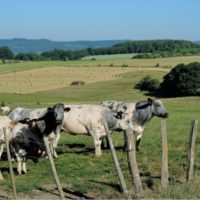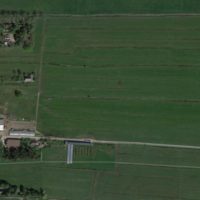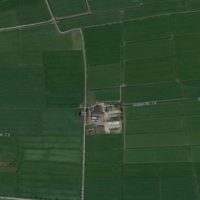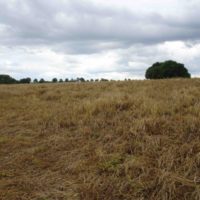Double the 1st cut of luzerne thanks to overseeding
Description
The GAEC de la Grande Saule has firstly tried the overseeding on permanent grassland. However, the too much competition of this grassland cause generally the failure of that technic.
It is on lucerne that the overseeding shows good results : it allows to double the 1st cut production. Since 3 years, the GAEC de la Grande saule overseeds a mix of wheat, pea and vetch in the lucerne during autumn. During the silage, june, the mix allows to increase the productivity, then the lucerne stay productive for the 2nd and 3rd cuts.
Now, the GAEC test more : in the end of life of the lucerne, wheat is seeding in directly (without destruction). The wheat weeding is light on dicotyledones and hard on grasses. It allows to harvest wheat and in september, to cut the rest of lucerne, before seeding a mix crop-pea-vetch . This mix is cut in june, then there is a mix clover and moha , and finally a corn for silage.
Reason for the innovation
- Forage autonomy
- Grassland productivity
- Limit tillage
Farm description
Environment
- Soils: Clay ; clay and limestone
- Climate: Semi continental climate
- Altitude: 300m
Grassland management
- Grazing: Yes, only for beef cattle
- Grazing 7 months a year
Structure
- Annual Work Unit: 5
- Agricultural area: 480 ha UAA
- Temporary grassland: 16 ha
- Permanent grassland: 270 ha
- Corn silage: 60 ha
- Breeds: Prim’holstein and Charolaise
- Stocking rate: 1,53 UGB / ha of forage area
Animal performance
- Milk production per head: 9 000 L /year
Why it is working
Intensification of grasslands in globality : more fertilisation and use of digestate of methanation
Possibility to have farm’s seeds to limit the cost.
Additional information
| Farming system | conventional farming |
|---|---|
| Domains of innovation | forage mixture |
| Main types of animal | beef cattle, dairy cattle |
| Country | France |
| Product type | Farmer portrait |
| Language | English, French |



